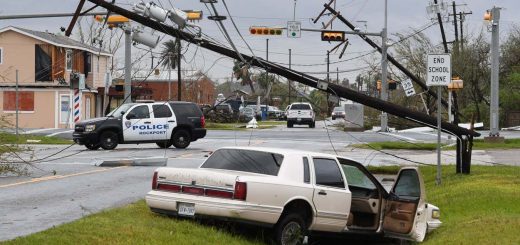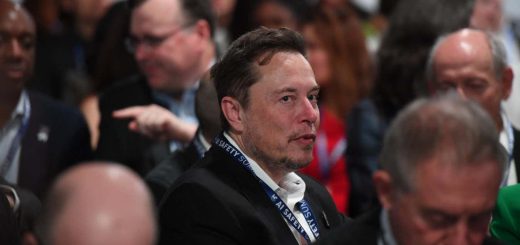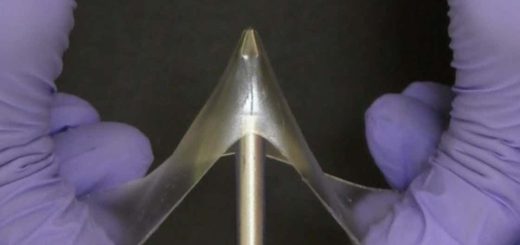Deflecting a deadly asteroid just got a lot less dangerous
Our first attempt at shifting the orbit of an asteroid has provided crucial insight into how we could safely deflect a space rock that was hurtling towards Earth
By Alex Wilkins
11 September 2025
Hitting an asteroid in the wrong place could accidentally make it more likely to impact Earth
buradaki/Shutterstock
If an asteroid was heading for a deadly impact with Earth, could we nudge it off course safely without making the situation worse? Yes, thanks to a new system for calculating the perfect spot to smack a spacecraft into an incoming asteroid.
Steering away an asteroid bound for Earth is a high-stakes endeavour, and we have not had much practice. In 2023, NASA’s Double Asteroid Redirection Test (DART) showed for the first time that we can divert a space rock by smashing a small probe into the tiny asteroid Dimorphos, which orbits a larger asteroid called Didymos, and changing its orbit by 30 minutes.
Read more
The sun is killing off SpaceX's Starlink satellites
But such a manoeuvre is not without risk. Shifting an asteroid into a new orbit can in turn push it through a tiny window, called a gravitational keyhole, where the gravity from a larger body like Earth can change its orbital path enough to make it boomerang around and hit the planet at a later date.
Now, Rahil Makadia at the University of Illinois at Urbana-Champaign and his colleagues have developed a system to locate the perfect spot for a colliding satellite to minimise this risk. The team used data gathered from the DART mission, as well as information about an asteroid’s shape, mass and rotational speed, to predict how different impact locations change the asteroid’s path. This can be used to produce a probability map of an asteroid’s surface, with each point giving a different chance of pushing the object through a gravitational keyhole. Scientists can then pick the lowest probability impact site.
“Mapping these keyholes onto the asteroids is possible and all it costs before the mission even lifts off is computing power, so we should be doing this to make sure we can pick the best possible targeting point on the surface of the asteroid for any kinetic impact,” Makadia told the Europlanet Science Congress (EPSC) in Helsinki, Finland on 9 September.


